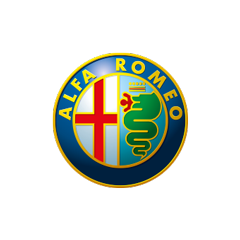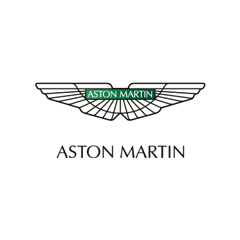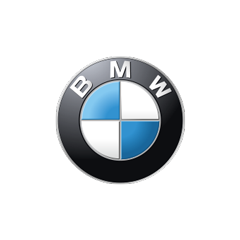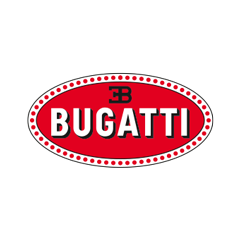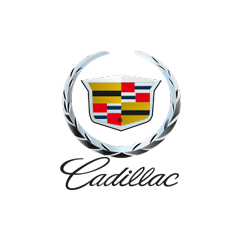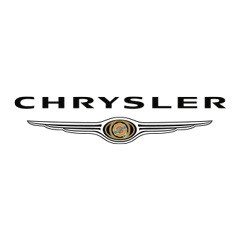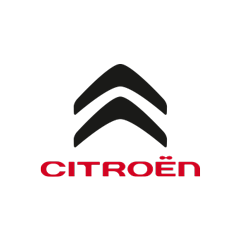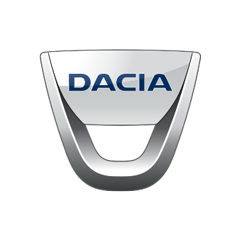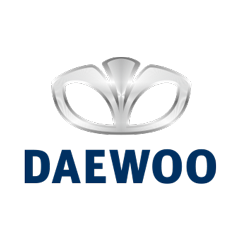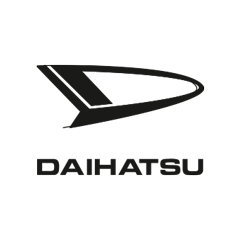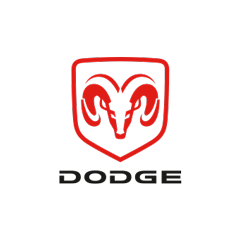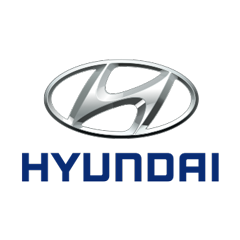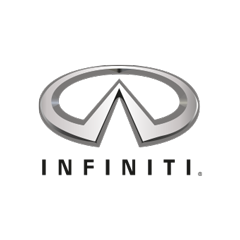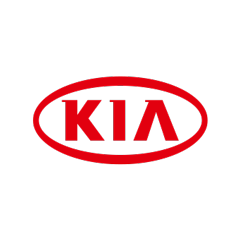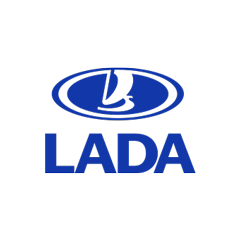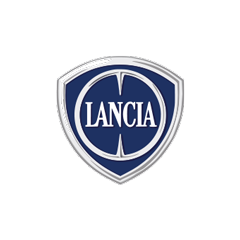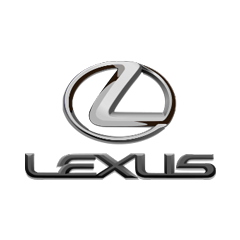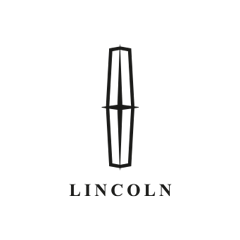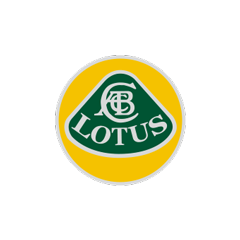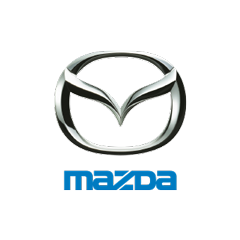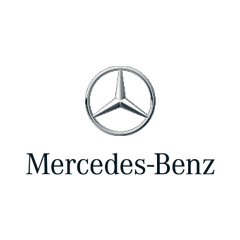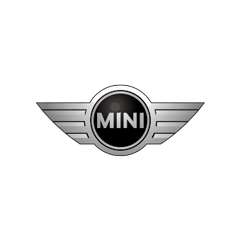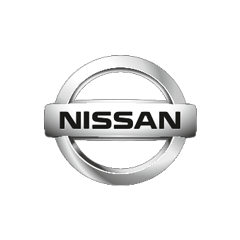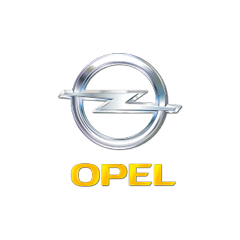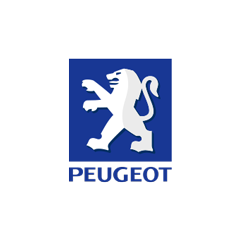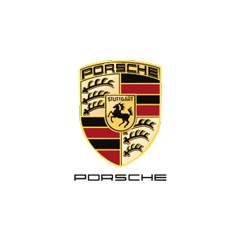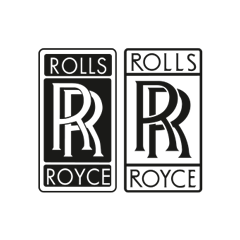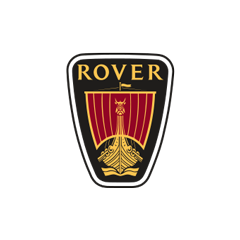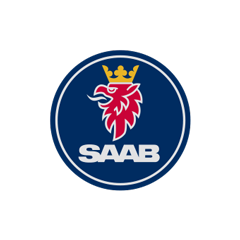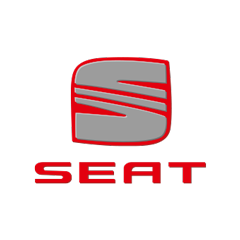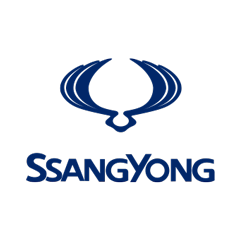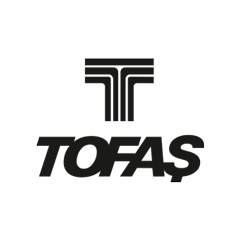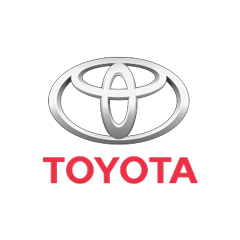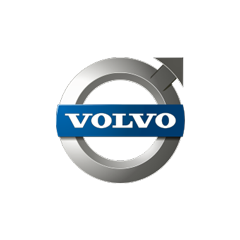While the world economic crisis hit hard the automotive industry, Hyundai made a bold move and offered the i30 in a station wagon shape, stealing its competitors’ customers.
Hyundai introduced the i30 lineup in 2007, and it proved to be successful. Its sibling, Kia cee’d, enjoyed the same success on the market thanks to its lower price. But that wasn’t all; the i30 came in the following year in a station-wagon shape priced lower than its most important European competitors. Besides, it offered a few amenities that were unavailable for them.
While the hatchback’s back resembled the Mazda 3, the station wagon had a unique design on the market. Its rear profile looked more like a compact SUV. Its tall taillights were slim and installed on the D-pillars without intruding into the tailgate area. Moreover, the loading base was wider than the one offered by its hatchback sibling.
Inside, the i30 showed good taste in choosing colors for the dashboard and door panels despite budget materials. Unlike the cee’d, which showed different light colors for the dashboard, the i30 stuck to the light-blue bulbs and induced a relaxed mood for the driver and occupants. The car featured a split-folding rear bench. By folding the rear bench’s seatback, the trunk size increased from 415 liters (14.66 cu-ft) to (1395 liters) 49.26 cu-ft, which was good but not class-leading.
Under the hood, Hyundai installed a choice of diesel and gasoline engines ranged between 109 hp and 143 hp. While most versions were paired to a 5-speed manual, some versions were available with a 4-speed automatic transmission. Its independent suspension in all corners was a plus and placed the i30 in the comfort zone over the Renault Megane or the Opel/Vauxhall Astra.


